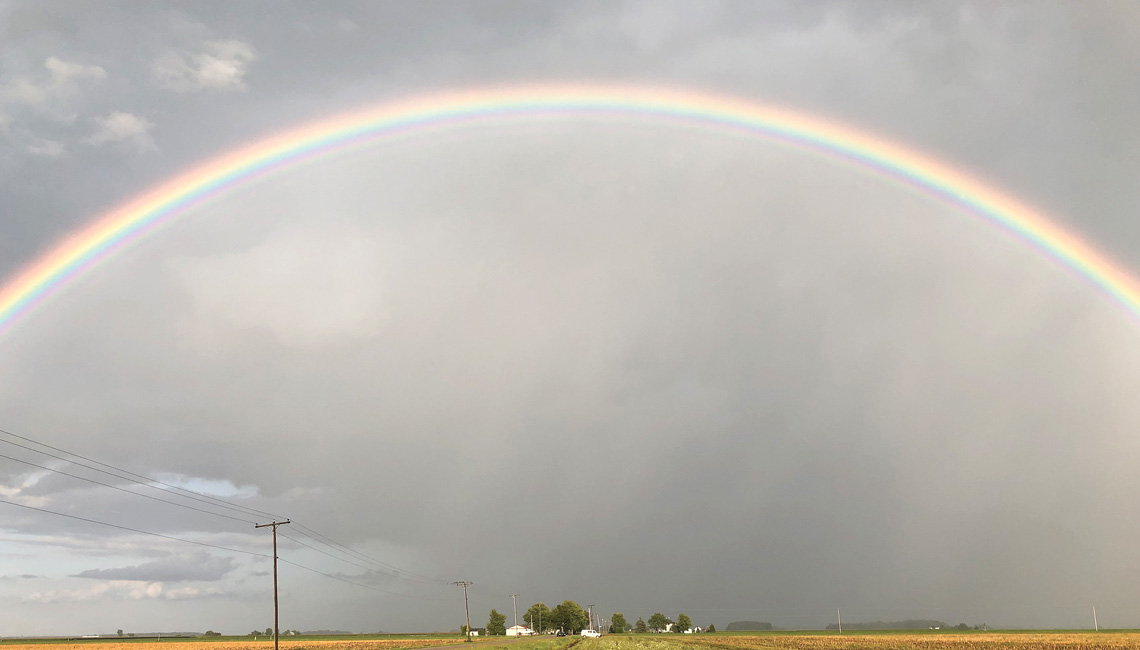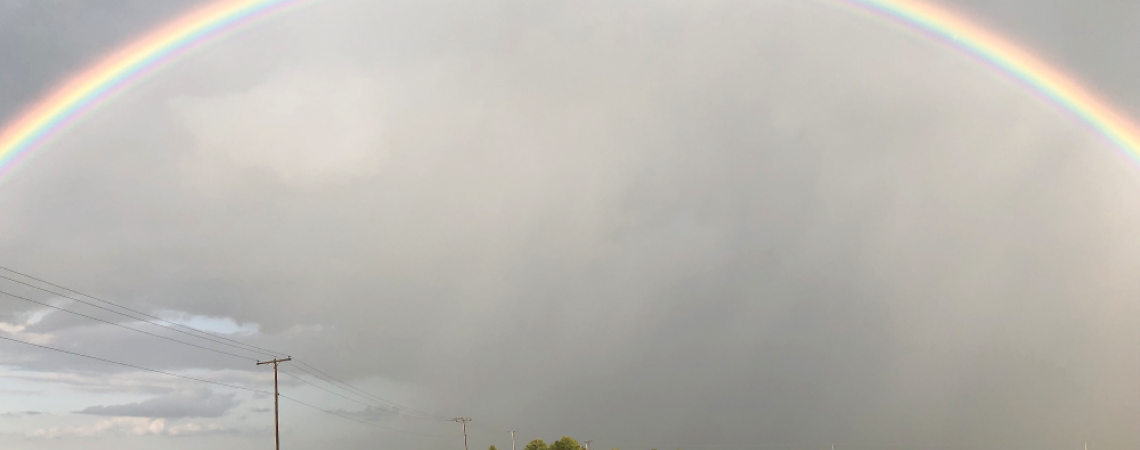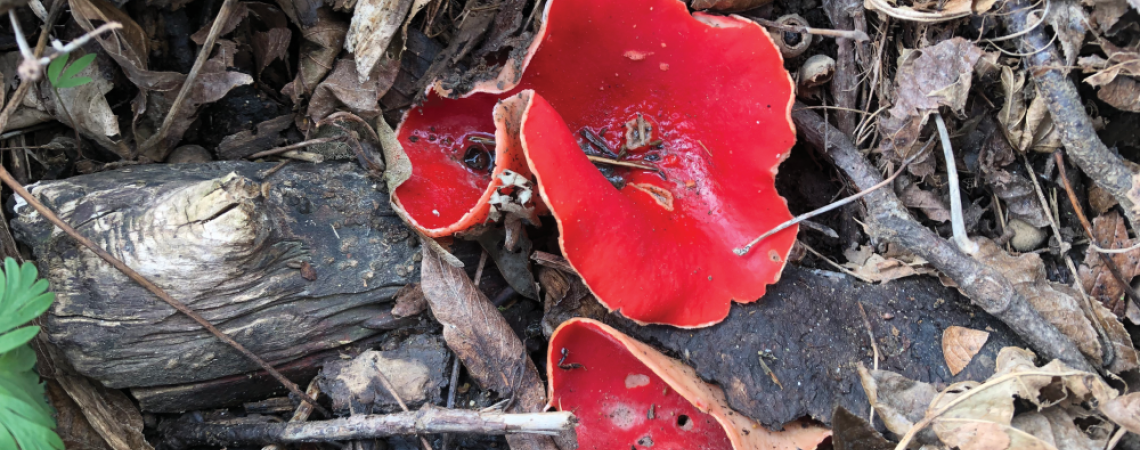For years, I’ve been using two Canon digital single-lens reflex (DSLR) cameras to take photos for “Woods, Waters, and Wildlife.” The twin bodies and assorted lenses produce exceptional photos, but they have a drawback: The equipment is heavy. Add in a tripod and monopod that hold the cameras steady, and my entire kit weighs a whopping 25 pounds!
To be honest, there are days when I don’t feel like lugging all that bulky gear from my house to my vehicle, let alone out into the field. Which leads me to the dirty little secret of outdoor photography today (especially landscape photography): More and more photographers, professionals and amateurs alike, are turning to their cellphones. Like most folks, I always have my trusty smartphone handy, and it weighs only a few ounces.
A milkweed plant, shot at mid-range, a few feet away.
One of the most prolific professional landscape and nature photographers in the Buckeye State is Ian Adams of Cuyahoga Falls. During the past 31 years, Adams has written and illustrated 23 photography books and published dozens of Ohio calendars. More than 6,000 of his color photographs have appeared in magazines and other media. Recently, he’s been offering popular iPhone photography workshops, sharing his hard-won expertise with the public.
Adams believes there are six key elements to a good landscape or outdoor photograph:
- An interesting or beautiful subject
- Great lighting
- Strong composition
- Optimal sharpness and depth of field
- Optimal exposure (not too light or too dark)
- Pleasing color
“The first three elements listed are independent of the brand and model of smartphone you use,” he says. “In other words, you choose the photo’s subject, what natural light it’s in when you photograph it, and how to compose the photo. However, the features and settings with respect to the last three essential elements — the ability to capture optimal sharpness and depth of field, optimal exposure, and pleasing color — will vary from one smartphone brand to another.”
Modern cellphones are such marvels of technology that they adjust those last three elements automatically. In short, pick up any new cellphone, and after just a few minutes of familiarization, you can take excellent landscape and outdoor photos. Even panorama shots are now easy. That said, there remains one specialized type of outdoor photography that Adams does not recommend using cellphones for, at least not yet.
“The beautiful wildlife images that grace the pages of Audubon, National Geographic, and other such magazines were not made with smartphones, but with 35mm DSLR cameras equipped with long, expensive telephoto lenses mounted on sturdy tripods or monopods,” Adams says. “I don’t think even the latest, most sophisticated smartphones can adequately replicate those photos. But I’m sure that time is not too far in the future.”
I took the photos accompanying this story with my “ancient” iPhone 8, illustrating its versatility with a close-up shot (scarlet cup fungus), a mid-range shot (milkweed plant), and a long-range landscape (rainbow).
Yes, I could have taken any of those photos with my traditional gear, but I didn’t happen to have it with me when those photo-ops suddenly appeared. My cellphone saved the day.
It almost seems like cheating.
Check out Ian Adams’ work on his website: www.ianadamsphotography.com.
W.H. “Chip” Gross is Ohio Cooperative Living’s outdoors editor. Email him with your outdoors questions and be sure to include “Ask Chip” in the subject of the email. Your question may be answered on www.ohiocoopliving.com!












